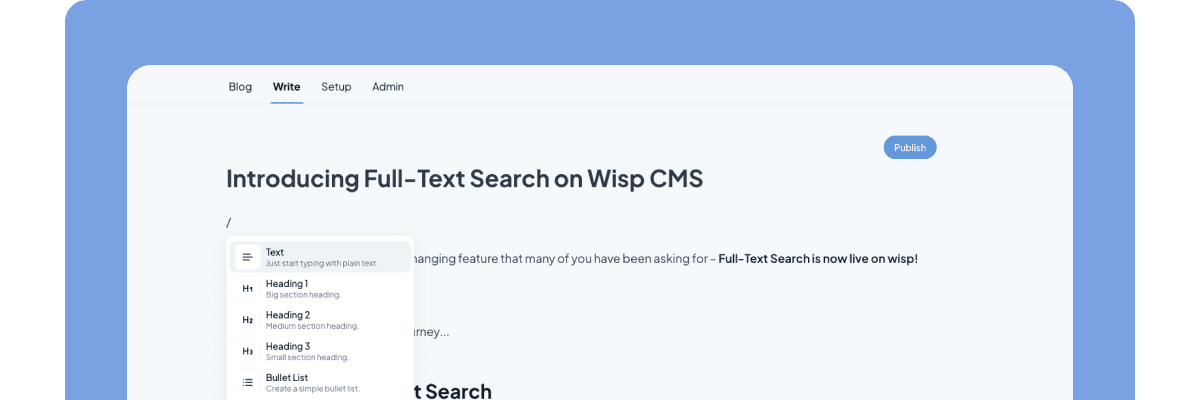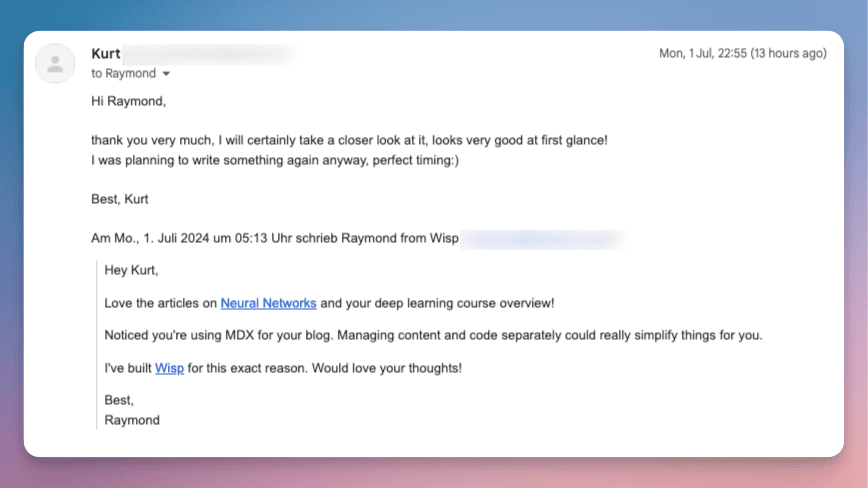
The software-as-a-service (SaaS) landscape is undergoing a profound transformation with the integration of artificial intelligence. As foundational AI models become increasingly commoditized, a fascinating divide is emerging between vertical and horizontal approaches to AI-powered SaaS solutions. To understand where horizontal SaaS in AI is headed, we first need to dive deep into the current revolution happening in vertical AI solutions.
The Rise of Vertical AI SaaS
Vertical SaaS solutions have traditionally focused on serving specific industries or niches with tailored functionality. Think of Mindbody for fitness studios or Toast for restaurants. But with the integration of AI, these vertical solutions are evolving into something far more powerful - they're becoming intelligent agents capable of replacing entire teams or functions within enterprises.
According to recent YC insights, this transformation is so significant that it could lead to over $300 billion in new company valuations. Why? Because vertical AI solutions aren't just adding features - they're fundamentally reimagining how entire industries operate.
The Power of Domain Expertise in Vertical AI
What makes vertical AI solutions particularly compelling is their ability to leverage deep domain expertise. As noted in recent industry discussions, "there is a ton of trapped domain expertise that can only be exploited by someone who knows the area at an expert level." This expertise, when combined with AI capabilities, creates solutions that are far more valuable than generic AI tools.
Consider these examples:
Medical billing software that doesn't just process claims but understands complex insurance rules and optimizes reimbursements
Legal document review systems that comprehend jurisdiction-specific regulations and precedents
Manufacturing quality control systems that understand industry-specific defects and compliance requirements
The Three Waves of Vertical SaaS Evolution
According to a16z's analysis, vertical SaaS has evolved through three distinct waves:
Cloud-First: Moving industry-specific solutions to the cloud
Cloud + Fintech: Integrating financial services and payments
Cloud + Fintech + AI: Adding intelligent automation and prediction
This latest wave is particularly transformative because it's not just about automating existing processes - it's about reimagining entire workflows with AI at the core. The result is solutions that can dramatically increase revenue per customer while reducing operational costs.
The Challenge for Horizontal SaaS in AI
While vertical AI solutions are gaining traction, the path forward for horizontal AI SaaS is more complex. Horizontal SaaS traditionally serves cross-industry functions like CRM (Salesforce), productivity (Microsoft 365), or communication (Slack). But how does AI fit into this picture?
The Competition Conundrum
One of the primary challenges facing horizontal AI SaaS startups is the intense competition. As noted in recent discussions, "The investor interest in vertical SaaS stems from the idea that it's hard for startups to compete in horizontal AI SaaS." This difficulty arises from several factors:
Established players have massive data advantages
Generic AI features are easily replicable
The cost of acquiring customers across different industries is high
The "Thin Wrapper" Problem
A significant issue in the horizontal AI SaaS space is what industry experts call the "thin wrapper" problem. Many startups are simply building basic interfaces around existing AI models without adding substantial value. As one industry expert warns, "It's hard to do that if your product is just a wrapper around a feature."
The consensus among successful entrepreneurs and investors is clear: "Winning companies will need 'thicker' wrappers that embed subject matter expertise, integrations, and opinionated workflows." This means horizontal AI SaaS solutions need to:
Provide sophisticated orchestration of multiple AI capabilities
Offer deep integrations with existing tools and workflows
Deliver clear, measurable value beyond what's possible with raw AI APIs
The Data Integration Challenge
Another crucial challenge for horizontal AI SaaS is the scattered nature of business data. As highlighted in user research, "Contextual data is scattered across hundreds of your users' external apps like Slack, Notion, and emails, and you can't afford to build them all yourself." This fragmentation makes it difficult to create truly intelligent horizontal solutions that can work across different business contexts.
The Future of Horizontal AI SaaS
Despite these challenges, horizontal AI SaaS has significant potential for evolution and impact. Here's how the landscape might develop:
Integration Platforms as the New Foundation
Rather than competing directly with vertical solutions, successful horizontal AI SaaS platforms will likely position themselves as integration layers that connect and enhance various vertical solutions. This approach aligns with the observation that "Users will never stop asking for more integrations."
The Rise of AI Orchestration
Future horizontal AI SaaS platforms will likely focus on orchestrating multiple AI capabilities across different use cases. This could include:
Managing AI model deployment and versioning
Handling data privacy and compliance across different jurisdictions
Providing unified interfaces for multiple AI services
Cross-Industry Intelligence
One unique advantage of horizontal AI SaaS is its ability to learn from patterns across different industries. This could lead to:
Transfer learning between different business domains
Identification of best practices that work across sectors
Creation of AI-powered business intelligence that spans industries
The Platform Play
According to industry analysis, successful horizontal SaaS companies like Salesforce have succeeded by building robust platform ecosystems. In the AI era, this platform approach becomes even more critical, with horizontal AI SaaS potentially serving as:
AI capability marketplaces
Cross-industry data standardization platforms
Integration hubs for vertical AI solutions
Democratization of AI Capabilities
As foundational models become commoditized, horizontal AI SaaS platforms could play a crucial role in democratizing access to AI capabilities. This might involve:
Simplified interfaces for AI model deployment
Pre-built solutions for common business problems
Tools for non-technical users to create AI-powered workflows
Investment and Innovation Opportunities
The evolution of both vertical and horizontal AI SaaS creates numerous opportunities for investors and entrepreneurs. Here's where the smart money is likely to flow:
Vertical Opportunities
Industry-specific AI agents that can replace entire business functions
Deep tech solutions that combine domain expertise with AI capabilities
Specialized workflows that leverage industry-specific data and compliance requirements
Horizontal Opportunities
AI orchestration platforms that can manage multiple models and use cases
Cross-industry data standardization and integration solutions
Tools for democratizing AI access across business functions
Conclusion: The Path Forward
The future of AI in SaaS isn't a simple choice between vertical and horizontal approaches - it's about understanding how these approaches complement each other. While vertical AI solutions will continue to drive deep value in specific industries, horizontal AI SaaS platforms will play a crucial role in:
Connecting and enhancing vertical solutions
Democratizing access to AI capabilities
Creating cross-industry intelligence and best practices
For entrepreneurs and investors, the key is to avoid the "thin wrapper" trap and focus on building solutions that provide real, defensible value. As one industry expert succinctly puts it, "Just make something defensible that matters."
The winners in this space will be those who can combine deep understanding of business needs with sophisticated AI capabilities, whether they're focusing on vertical or horizontal solutions. The opportunity is massive - estimated at over $300 billion - but success will require more than just AI features. It will require thoughtful application of technology to solve real business problems in ways that create lasting value.
As we move forward, the distinction between vertical and horizontal AI SaaS may become less important than the ability to create intelligent, integrated solutions that truly transform how businesses operate. The future belongs to those who can navigate this complexity while delivering clear, measurable value to their customers.



